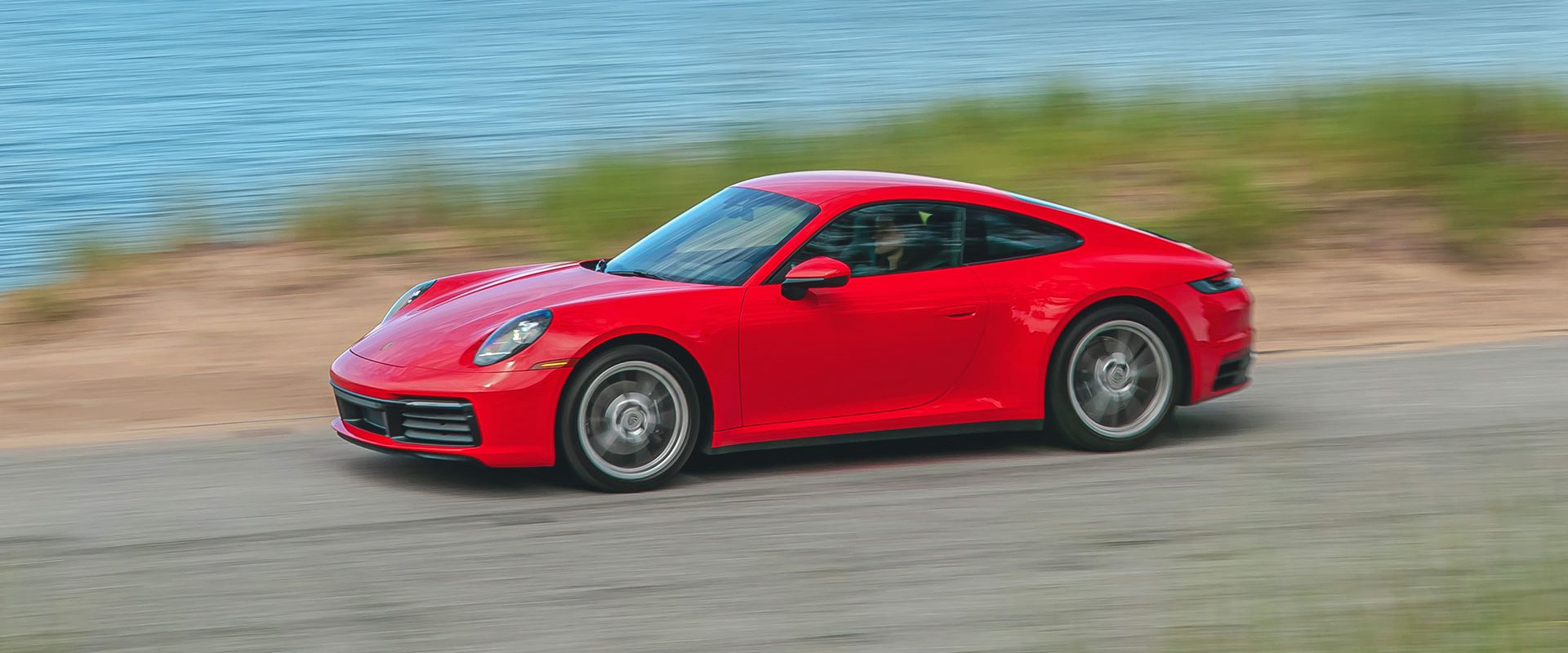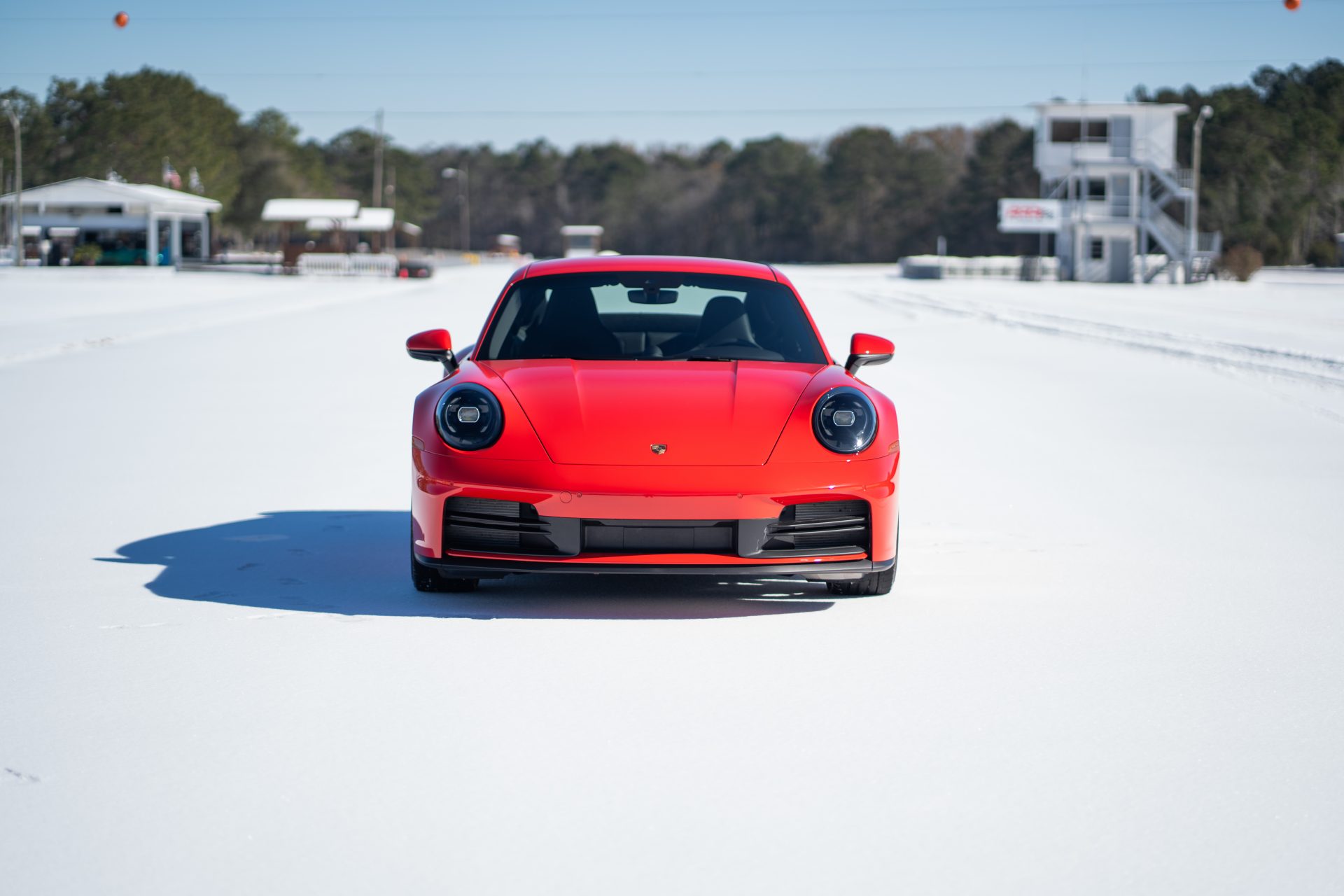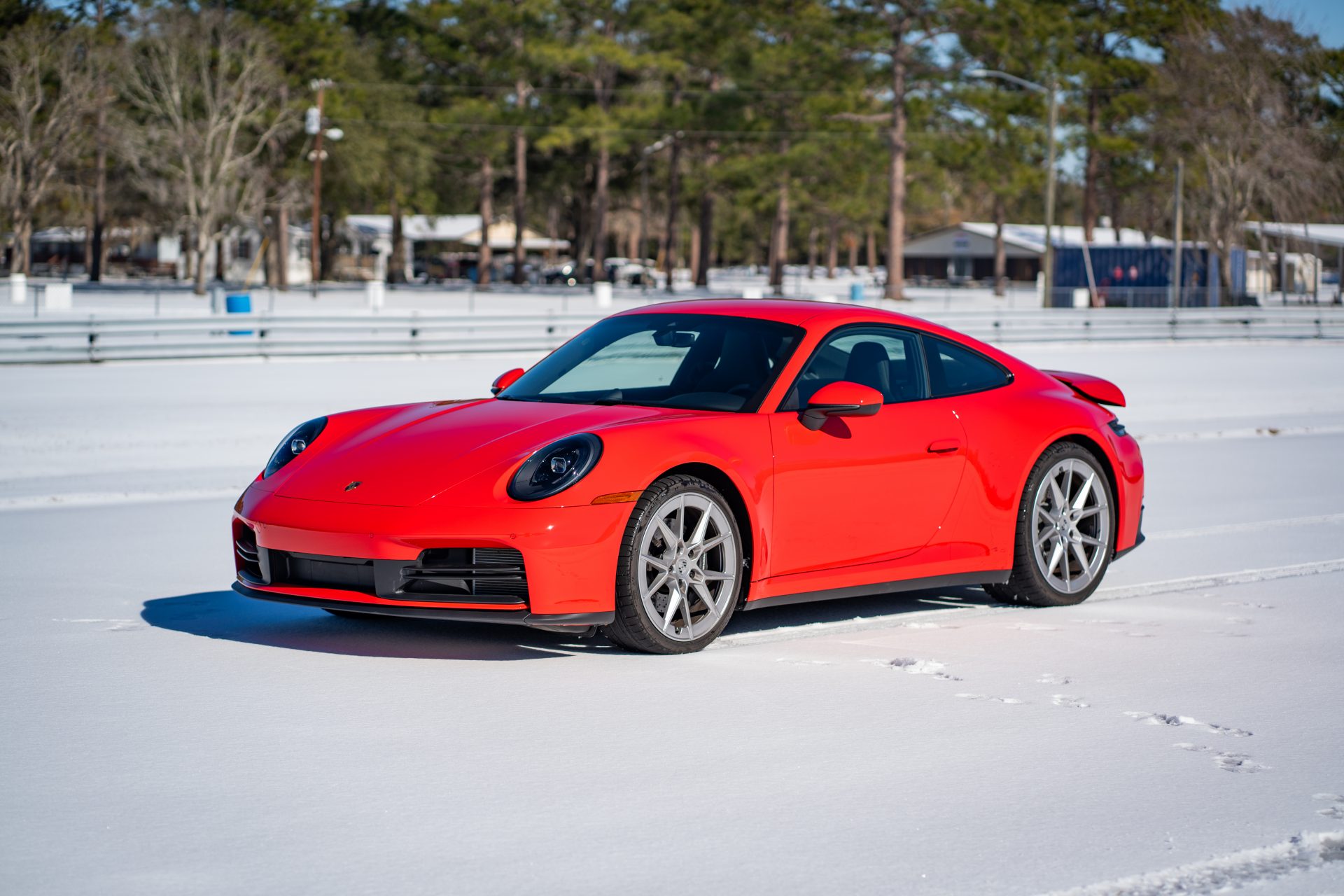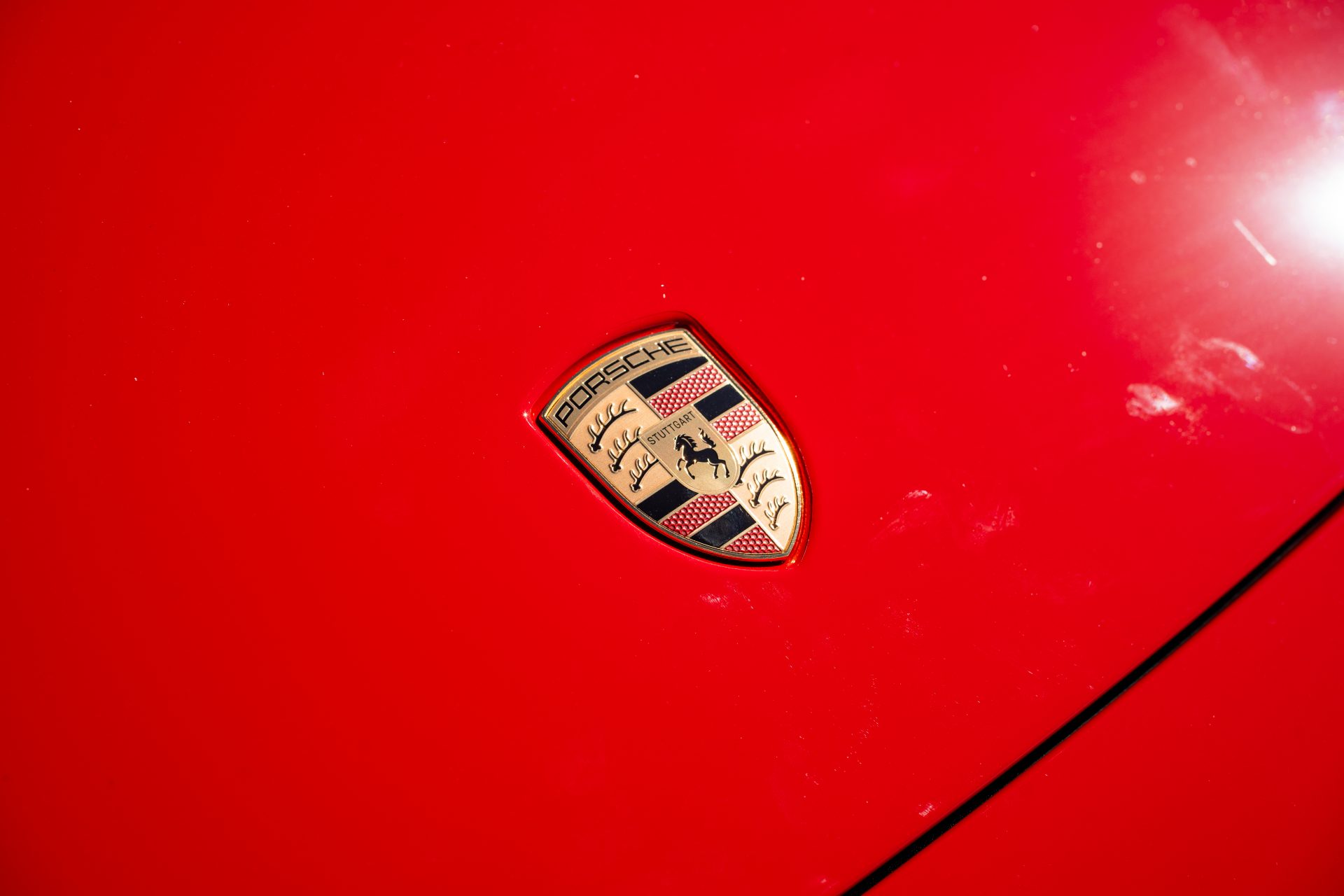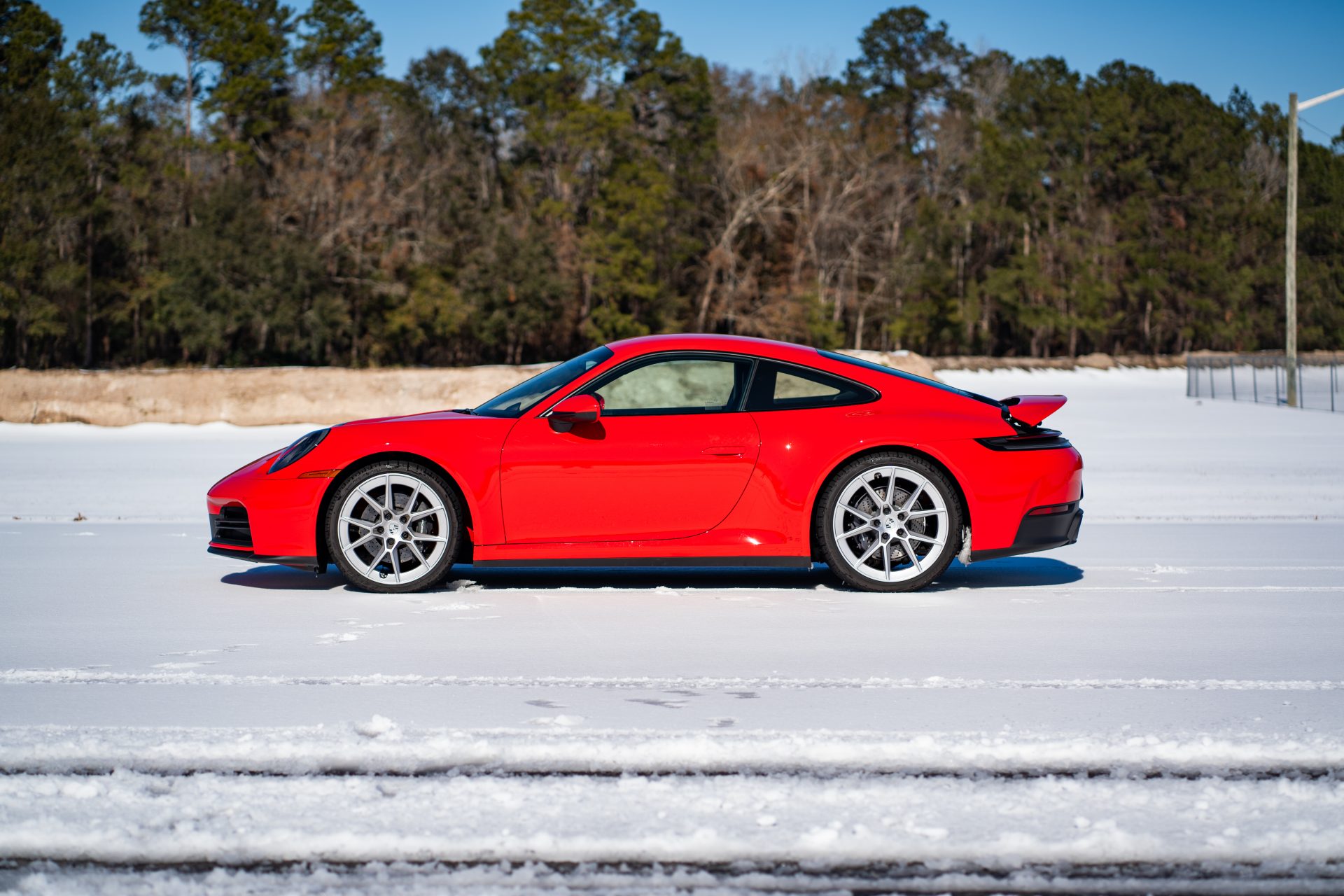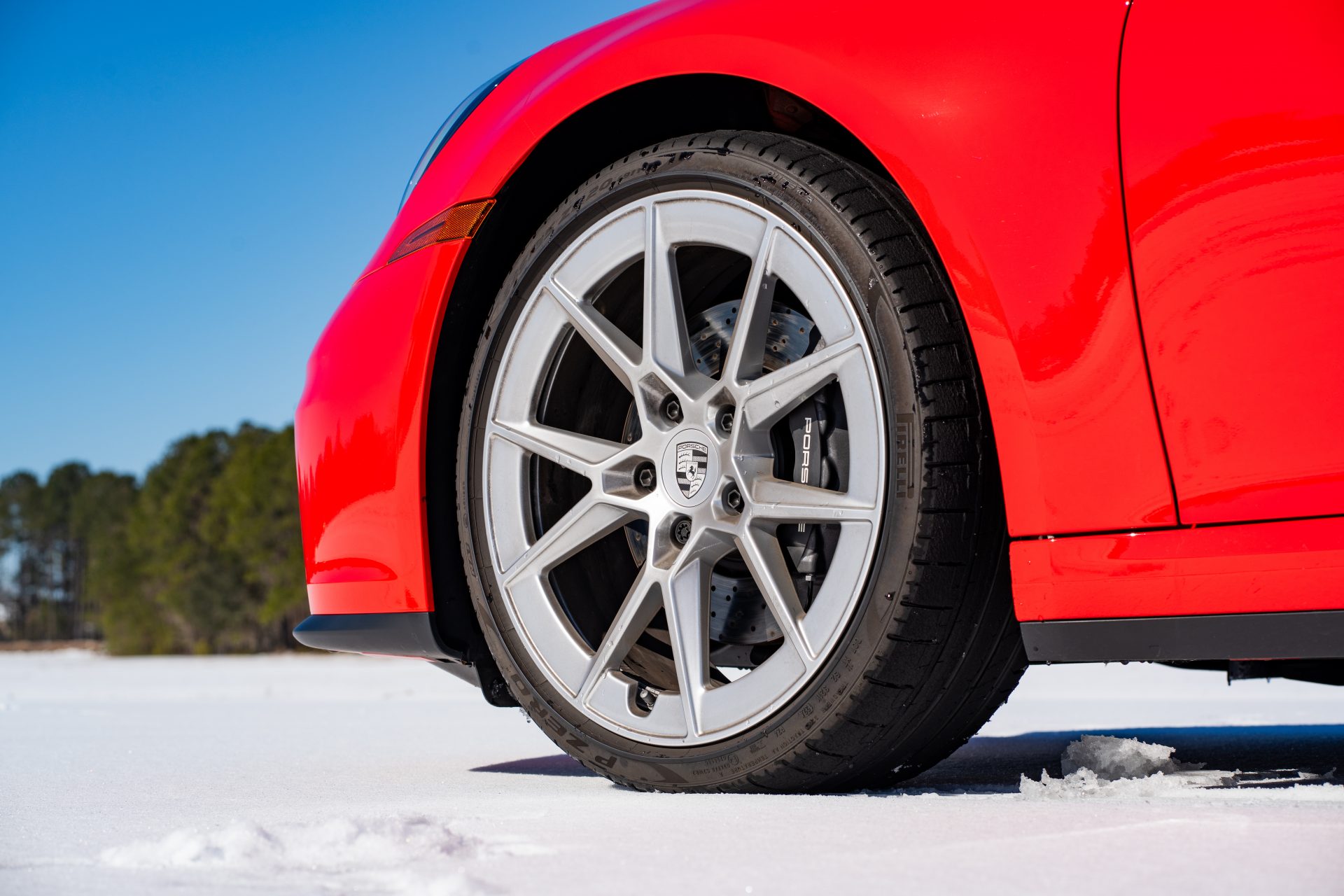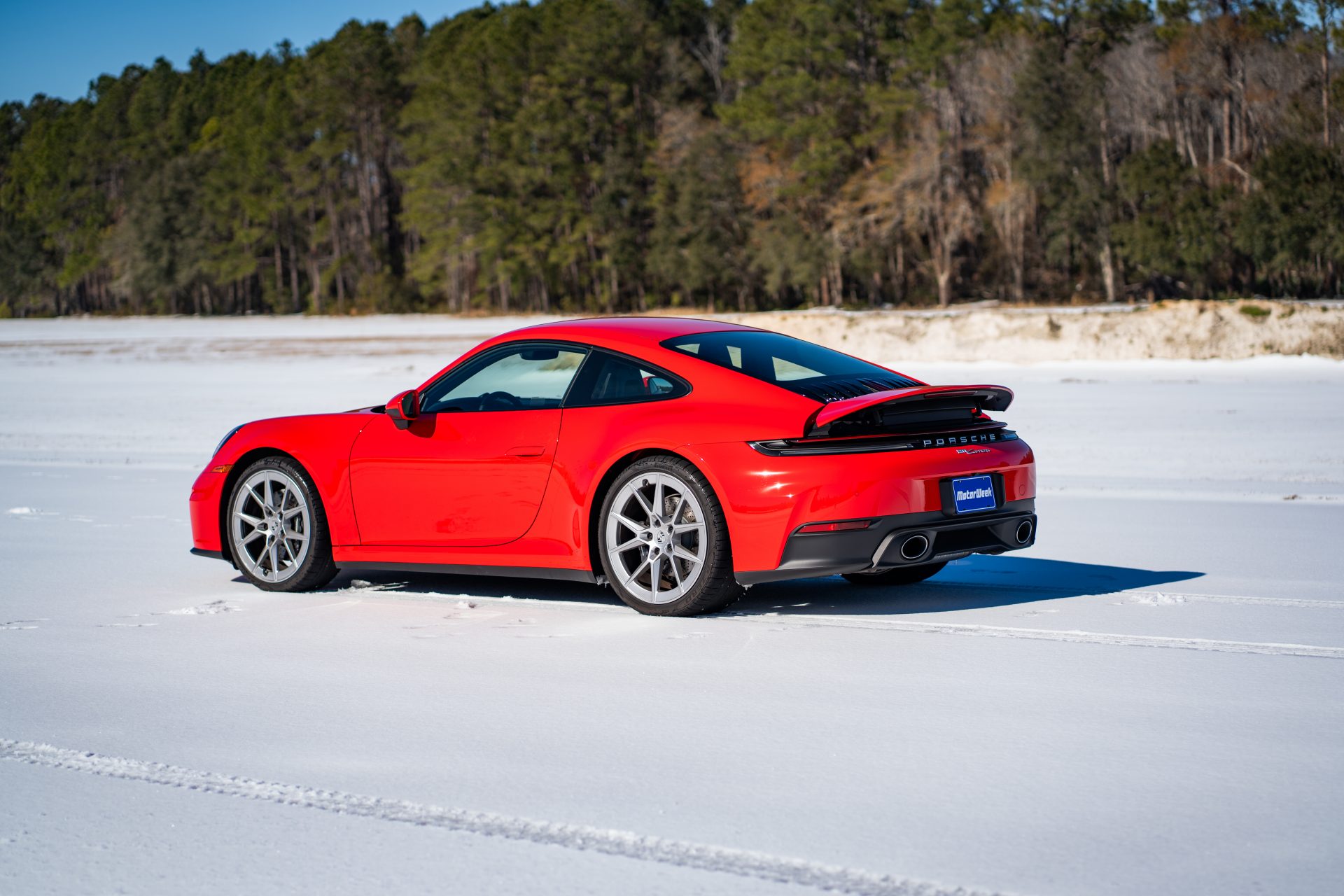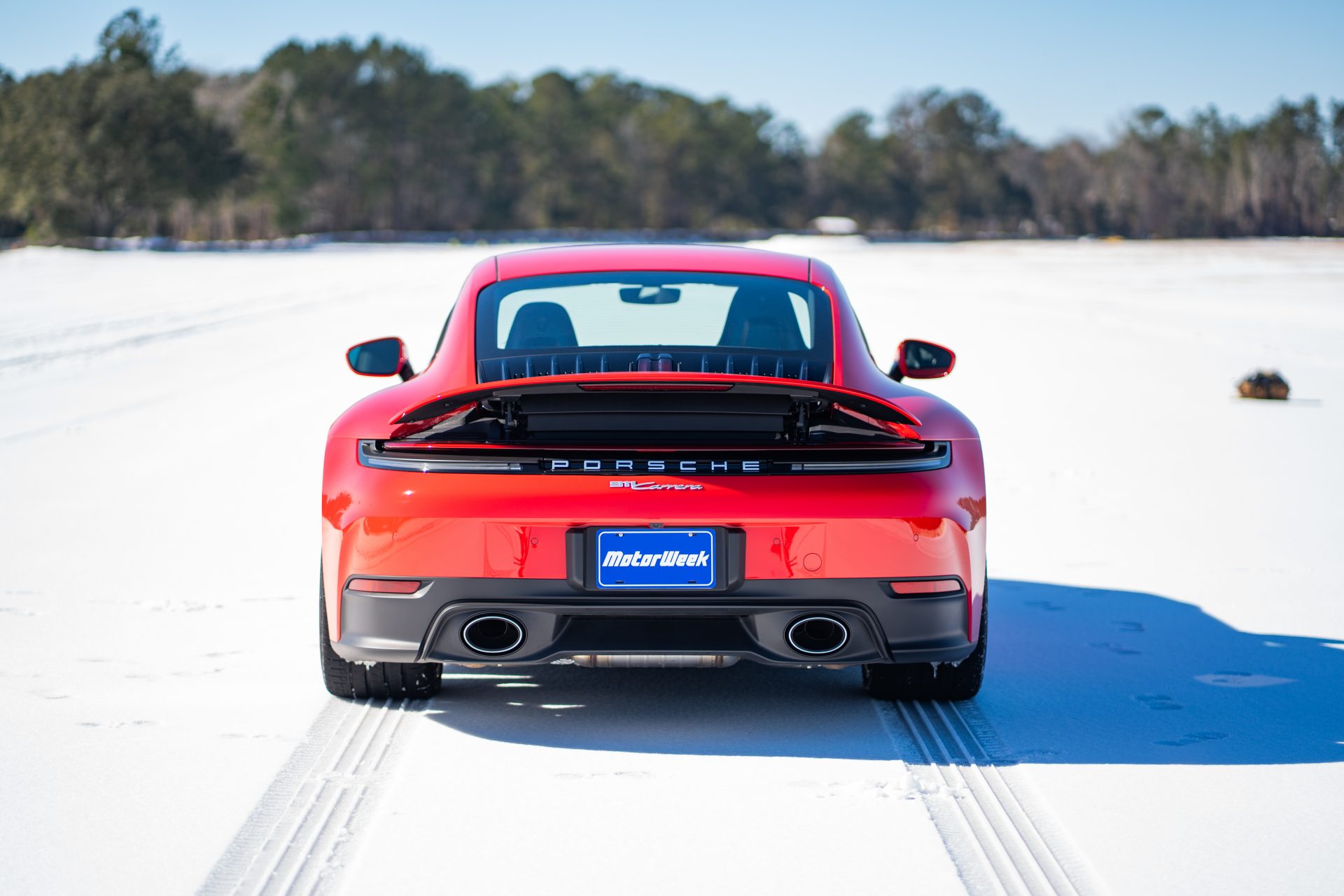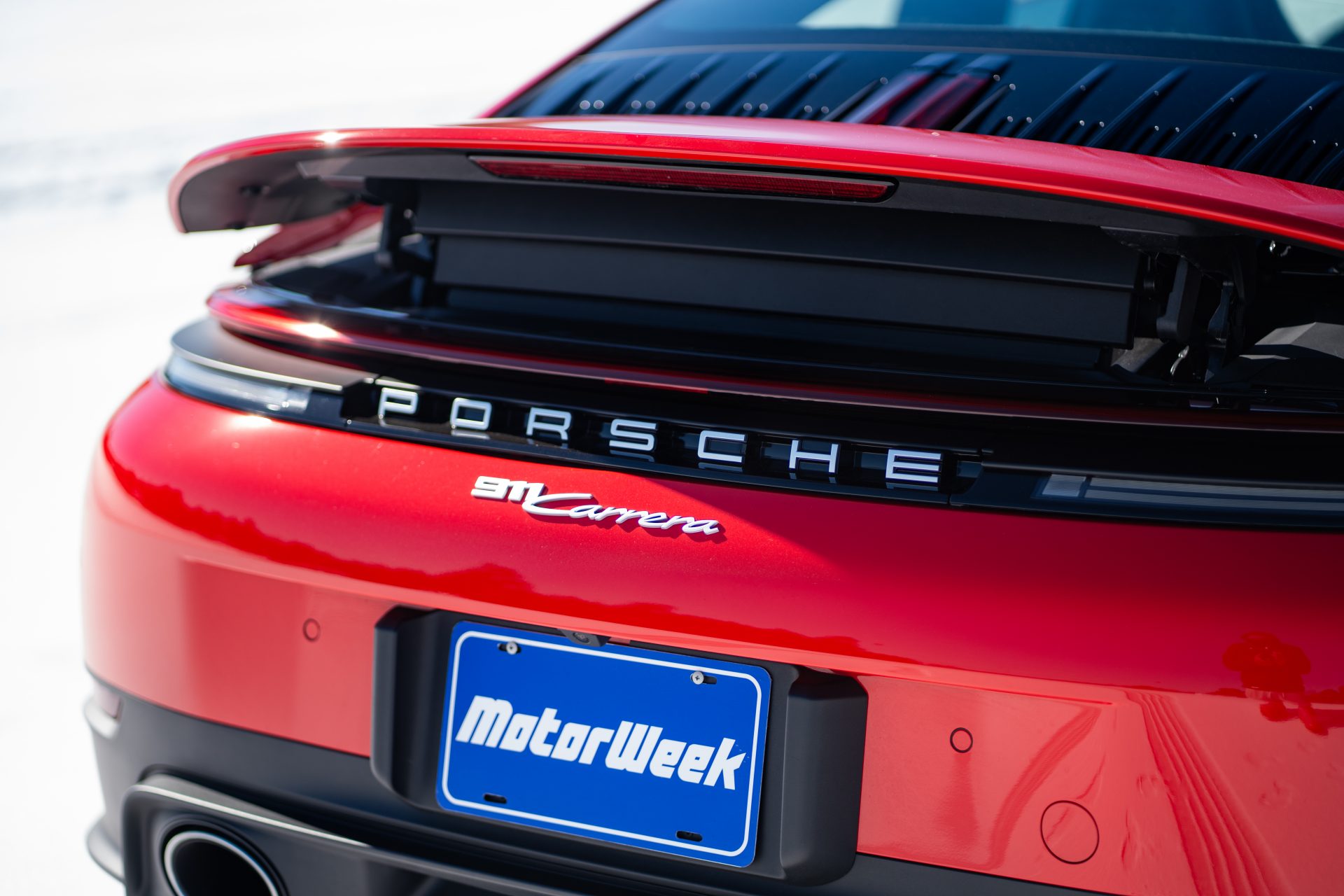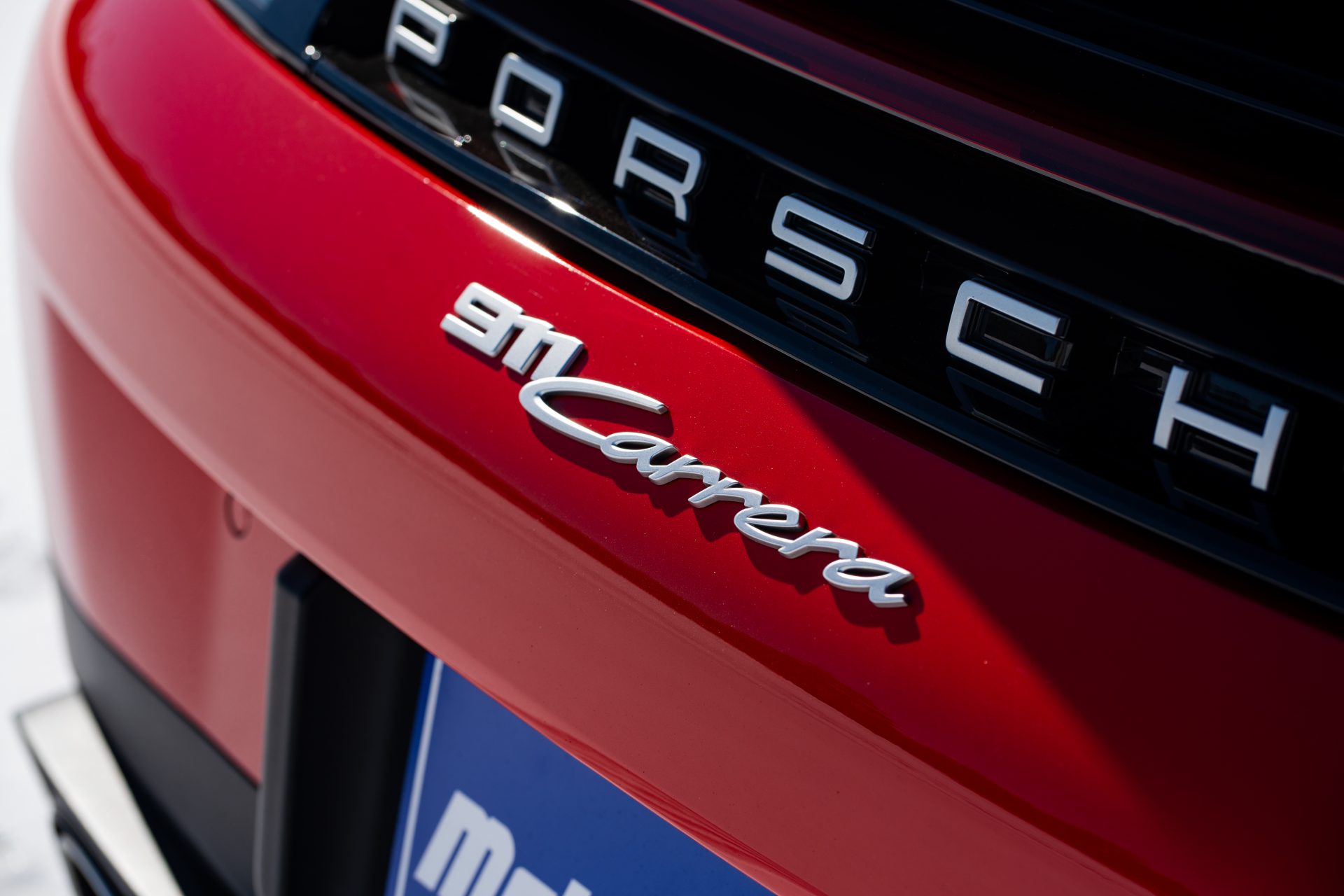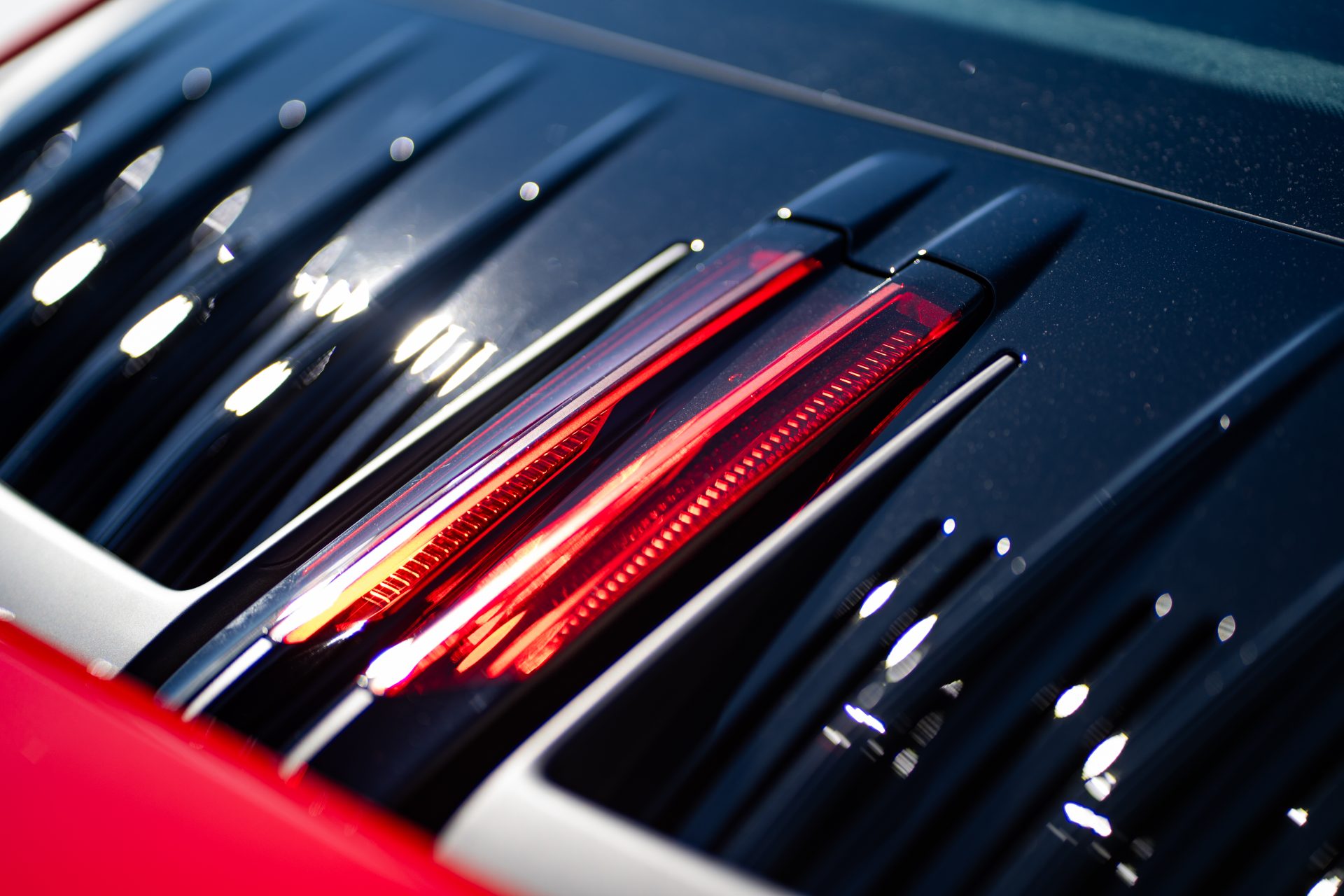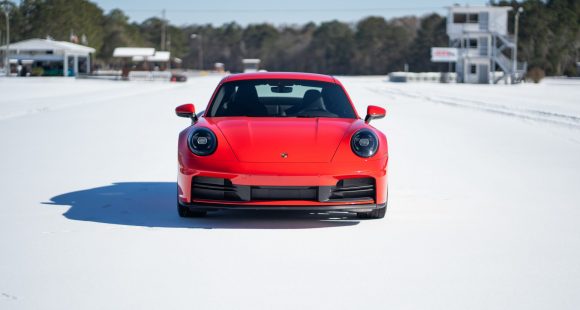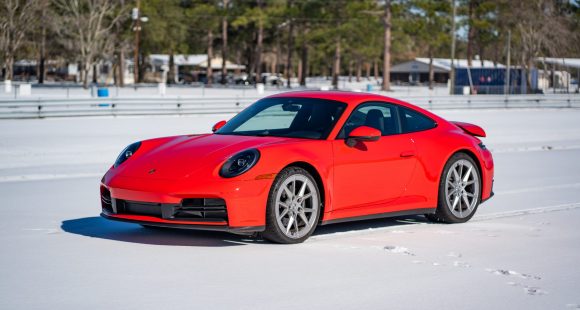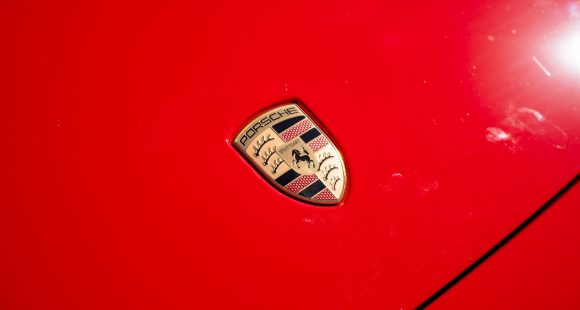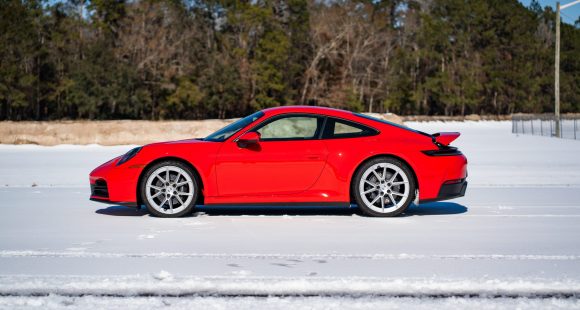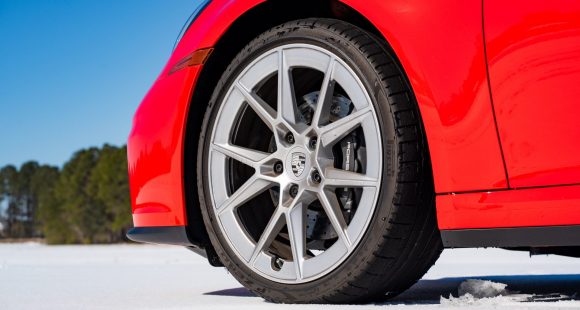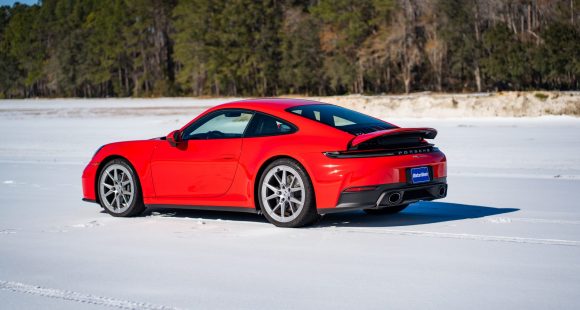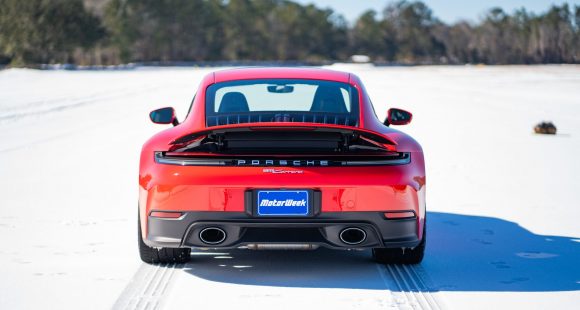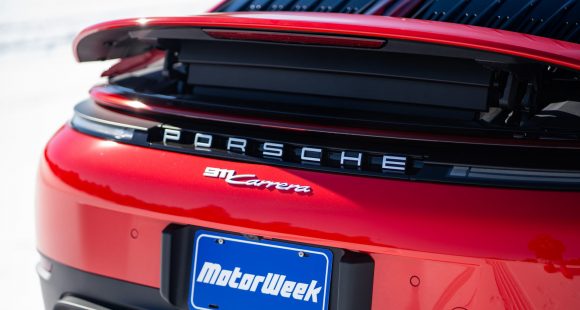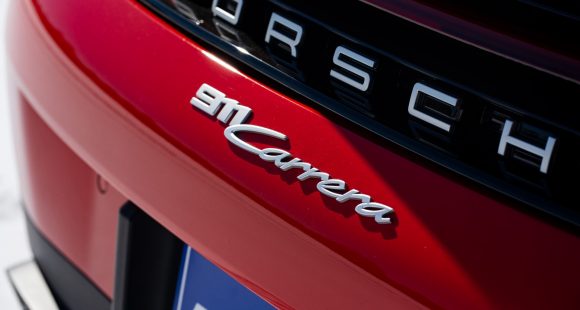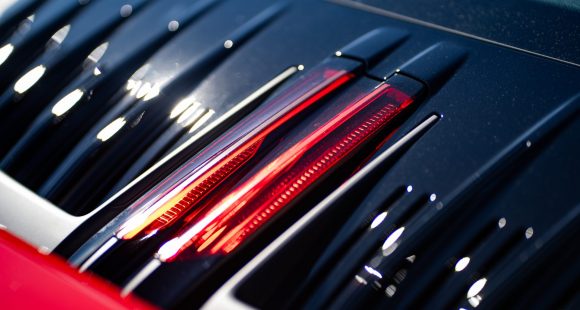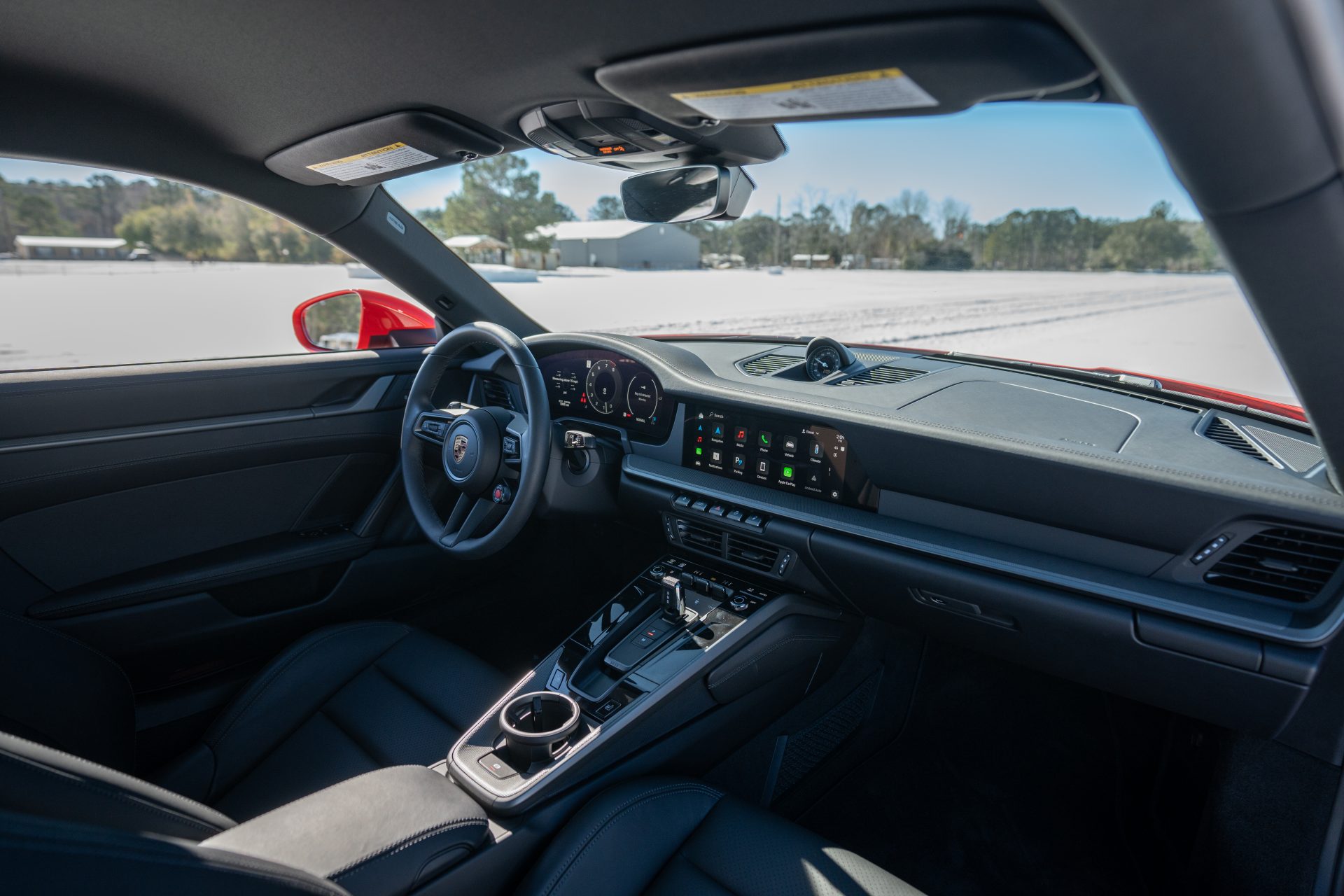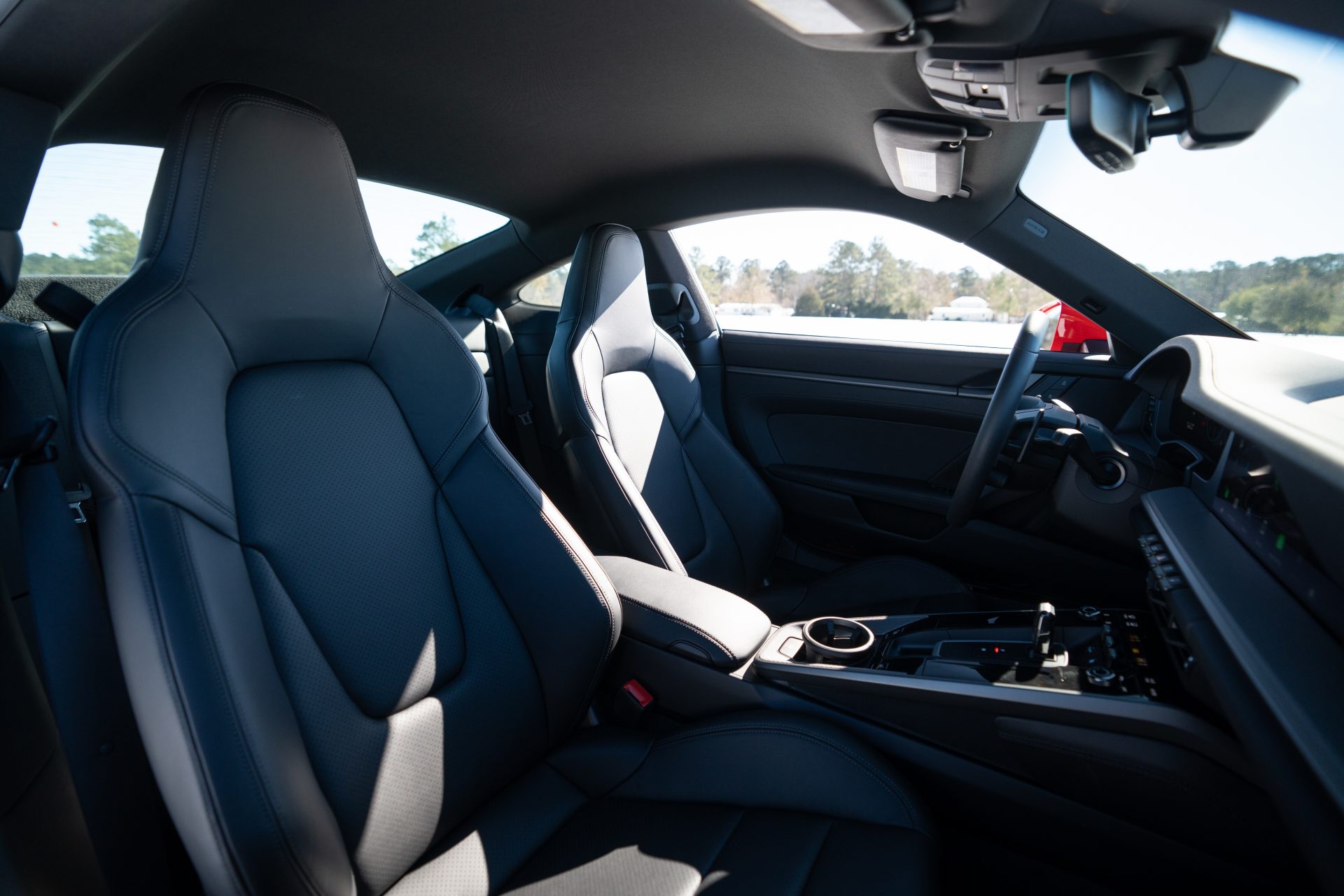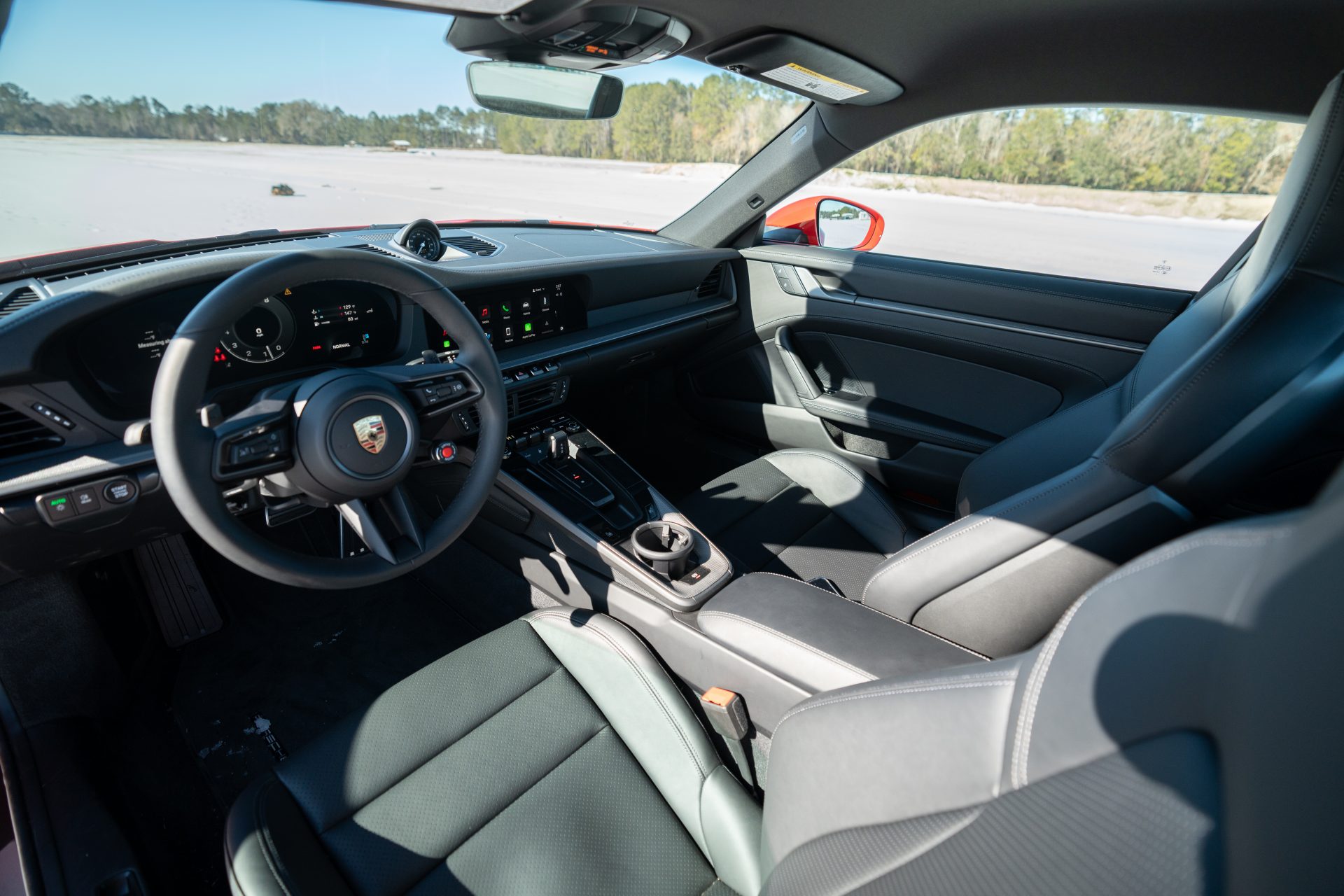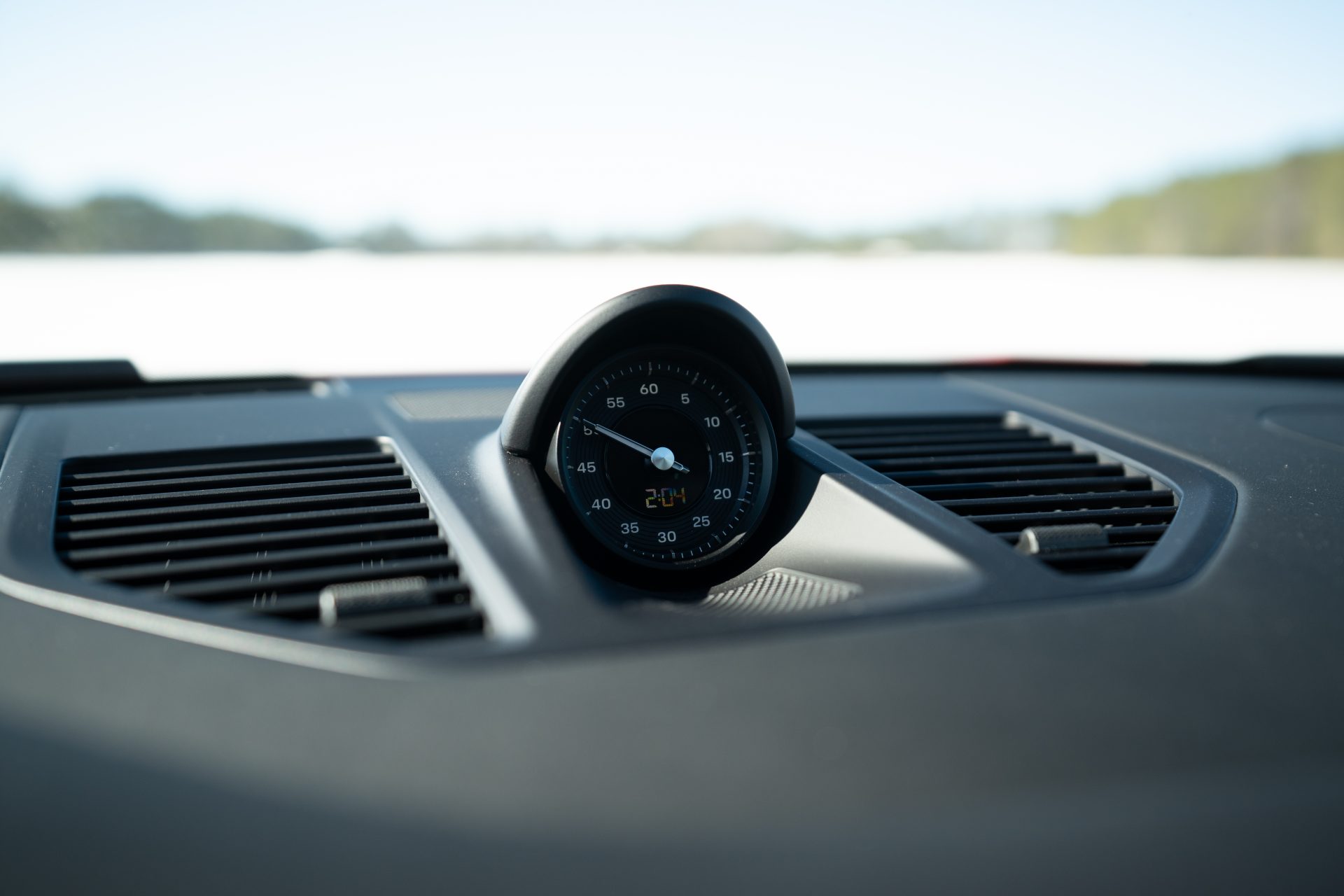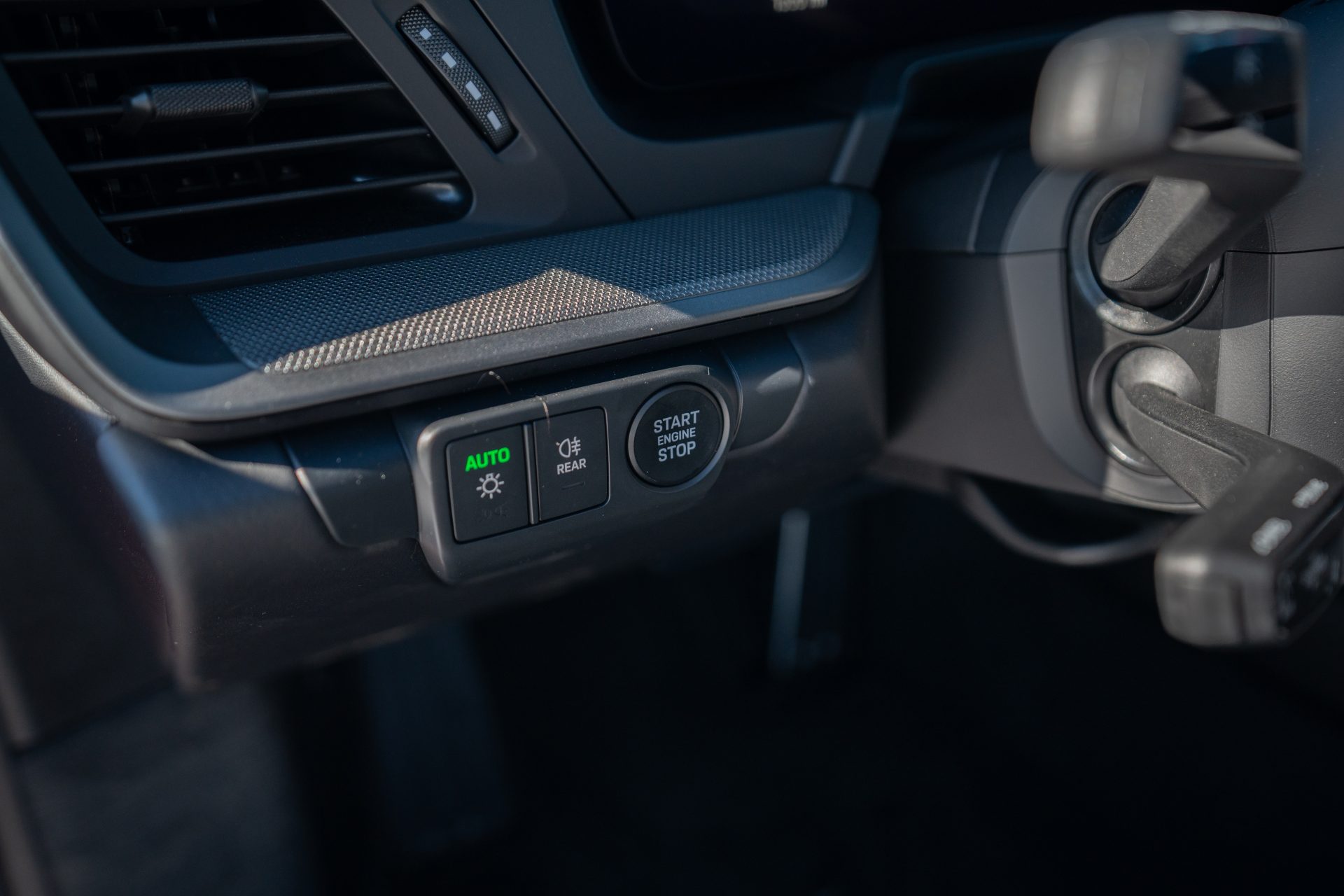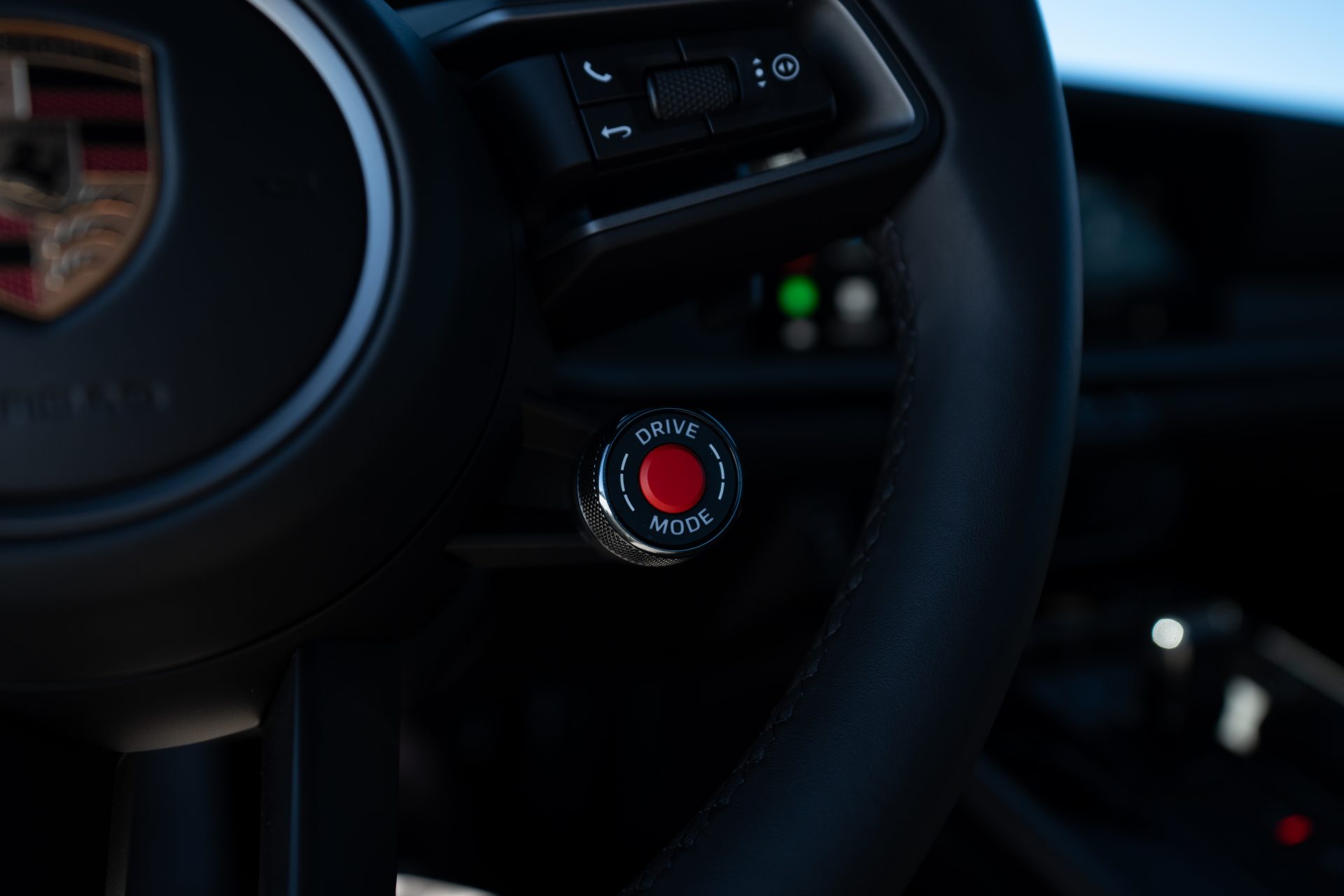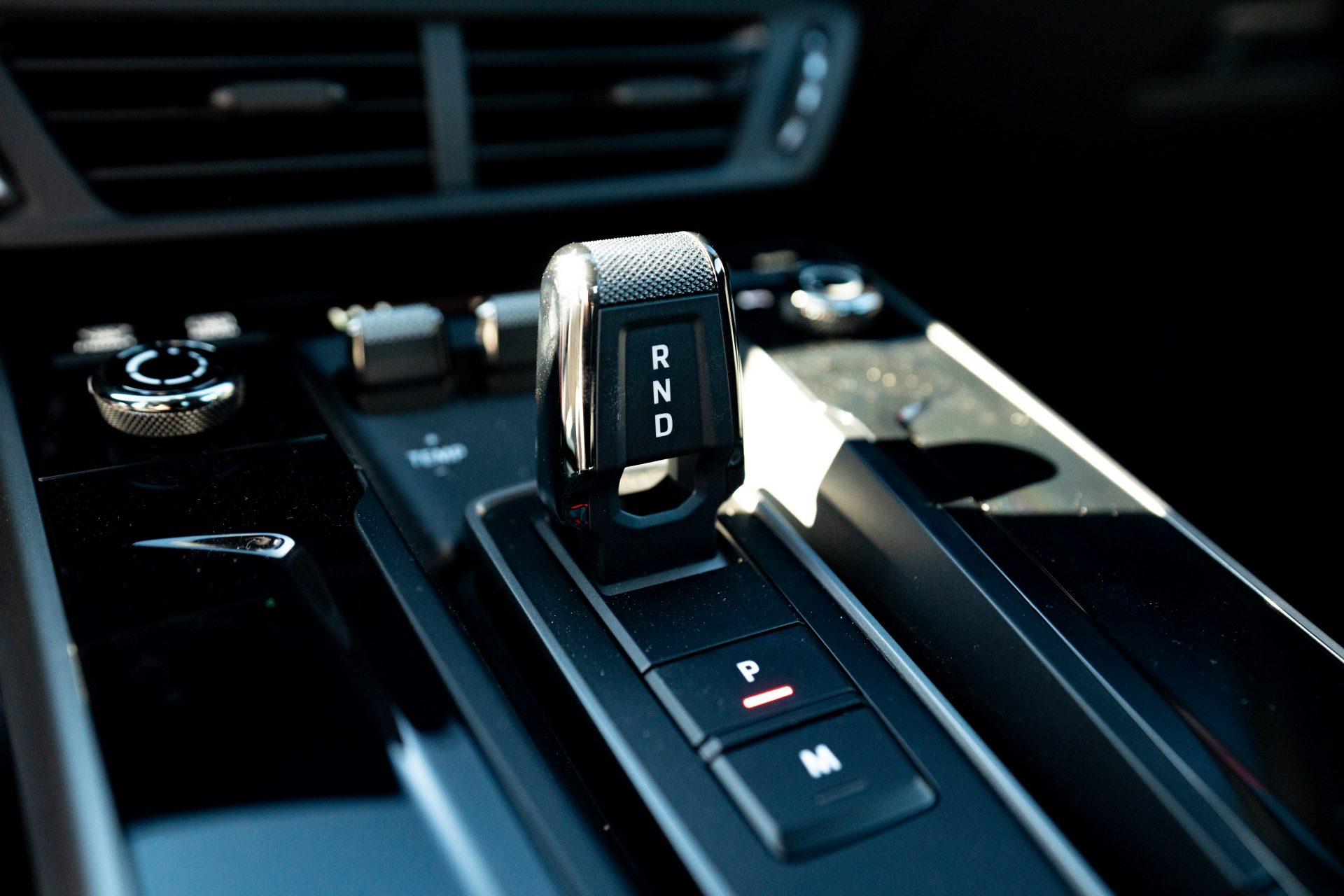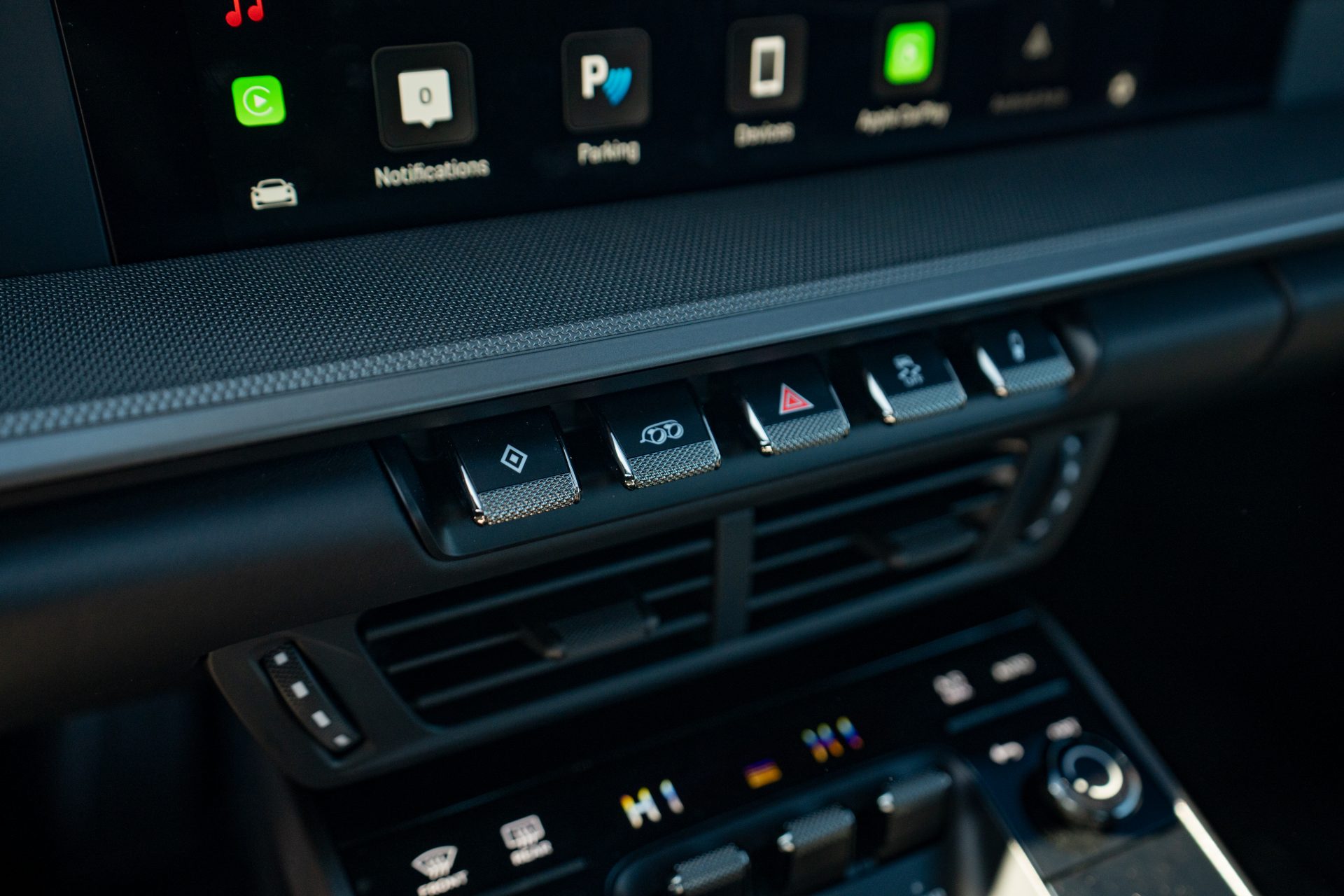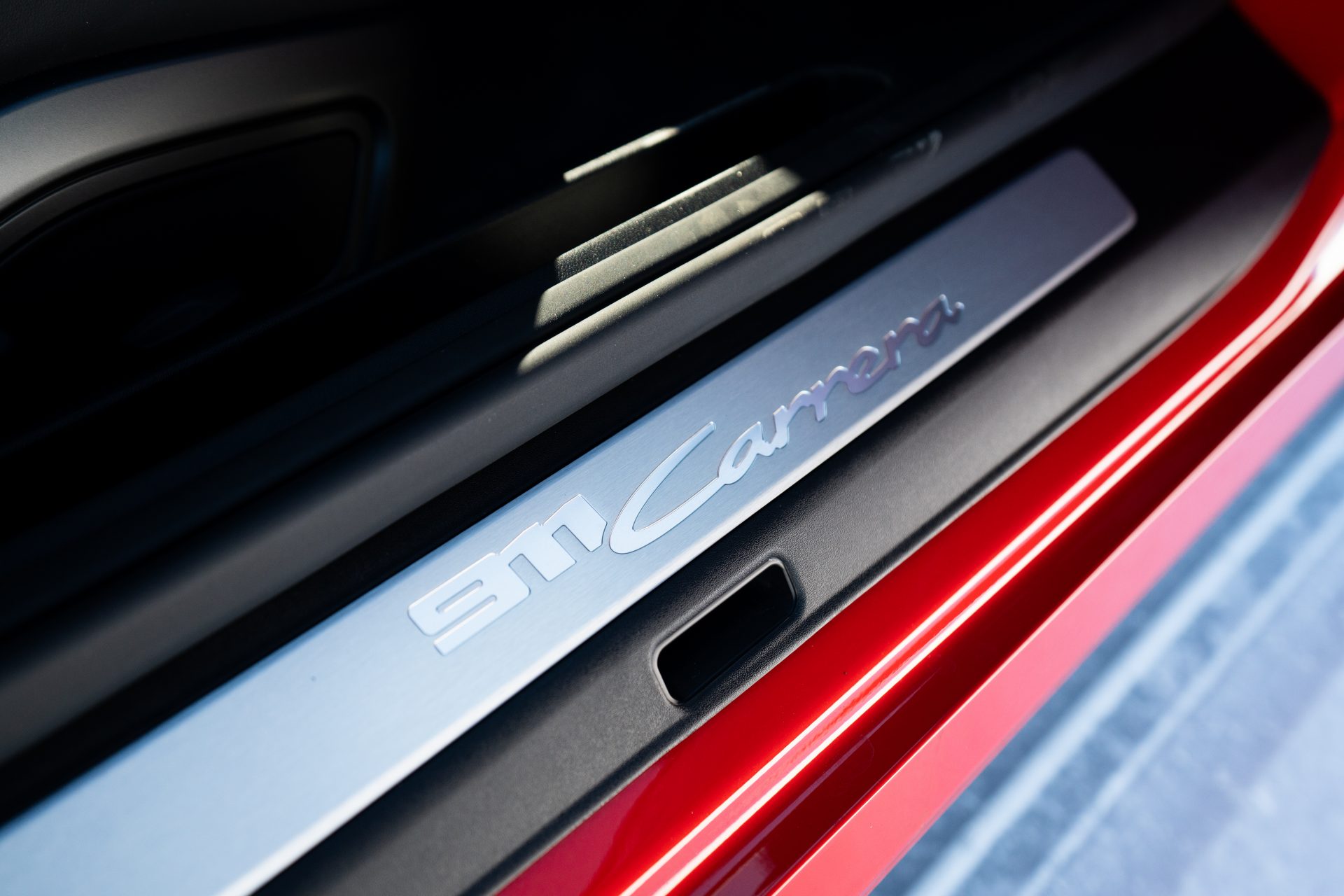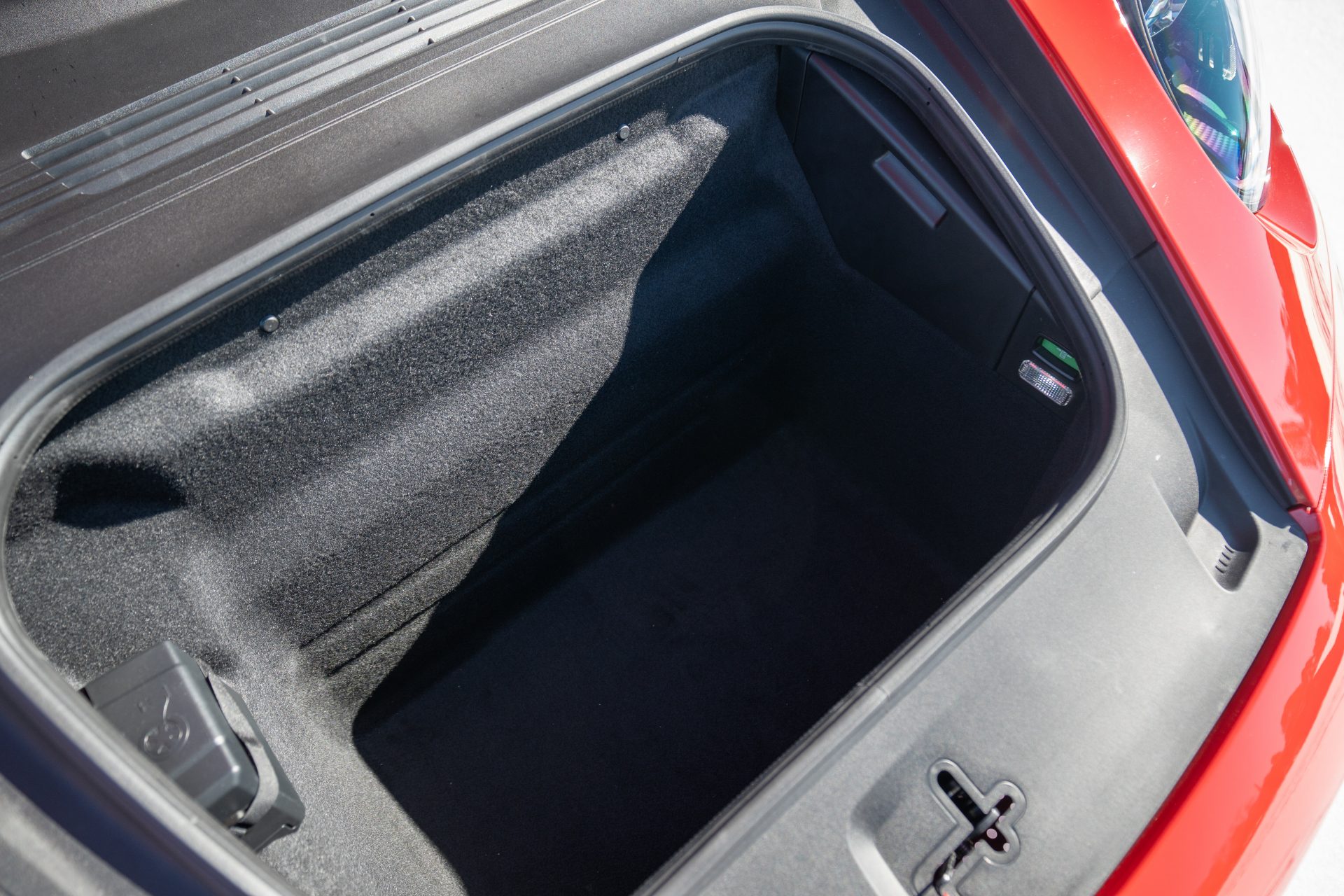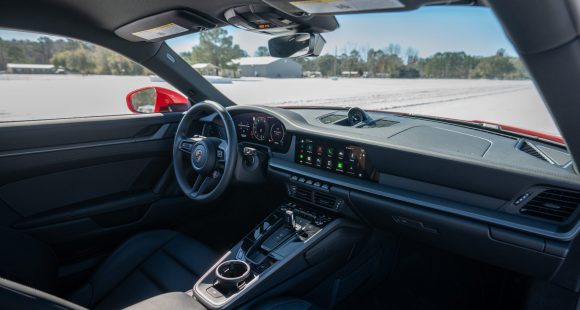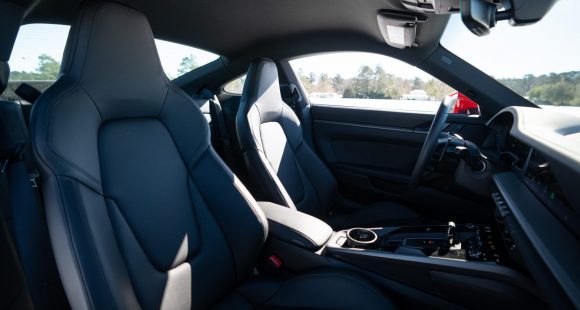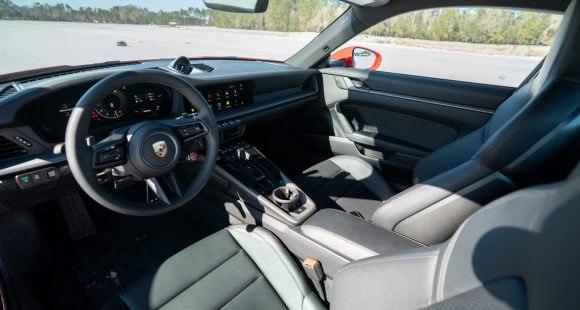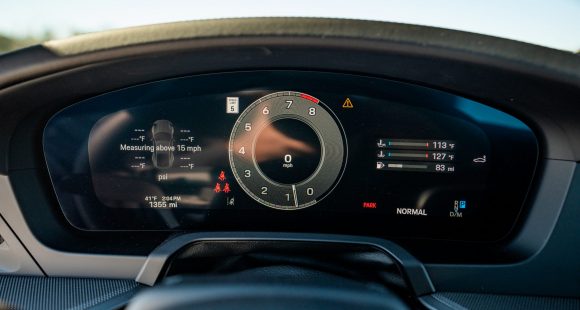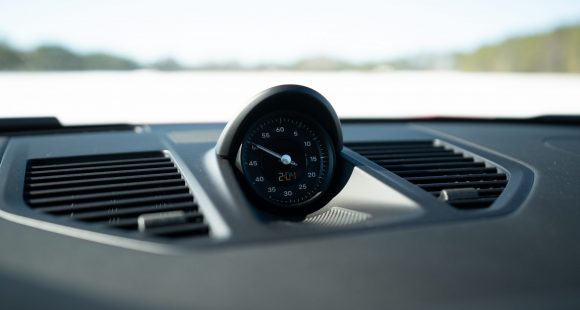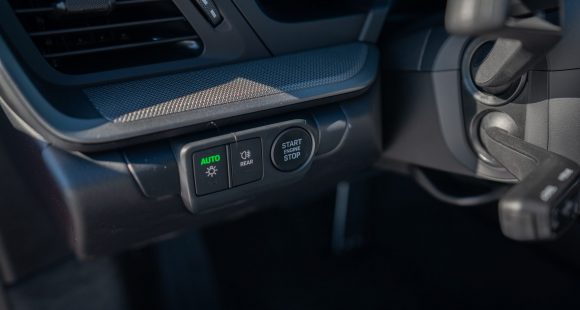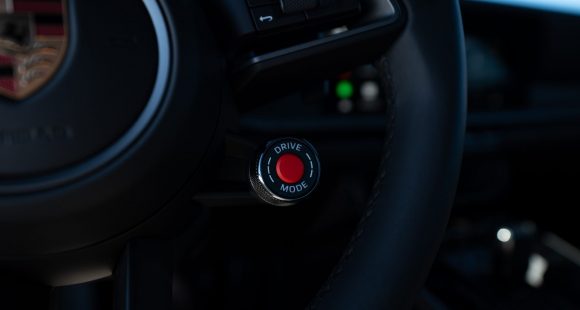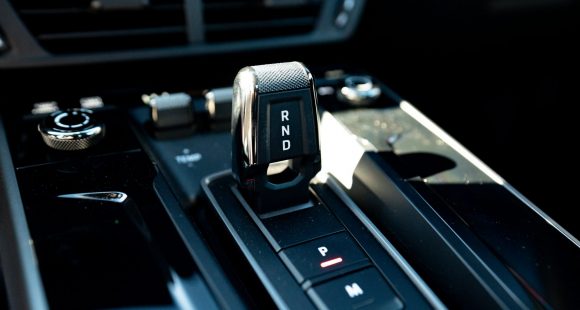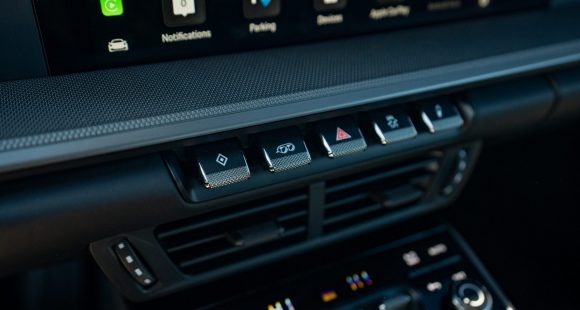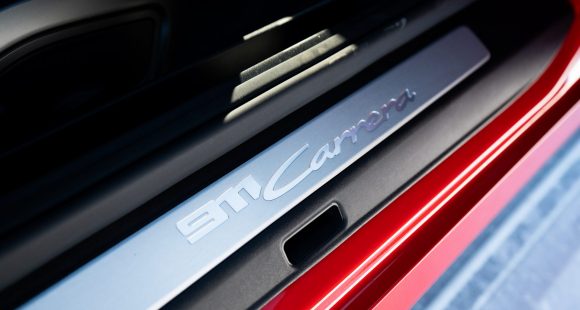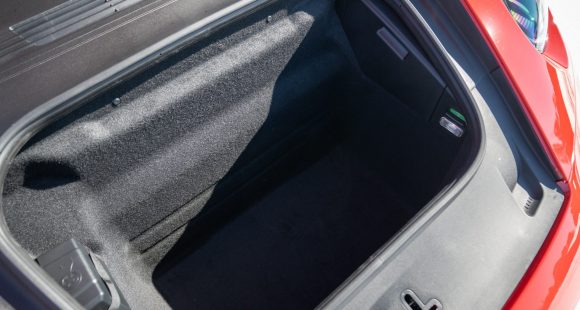2017 Subaru Impreza
The Subaru brand continues to grow and grow with rising sales in each of the last 10-years. The reasons for that are many, but it really comes down to building highly reliable cars and utilities, most with standard all-wheel drive. So let’s see if their newest offering, the 2017 Impreza, can keep that hot streak going.
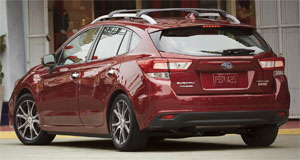 This 2017 Subaru Impreza compact not only rides on the brand’s new global architecture; but it’s also the first Impreza built here in the U.S., at their assembly plant in Lafayette, Indiana.
This 2017 Subaru Impreza compact not only rides on the brand’s new global architecture; but it’s also the first Impreza built here in the U.S., at their assembly plant in Lafayette, Indiana.
Both sedan and 5-door hatchback Imprezas are once again available; we opted for the sportier 5-door. No word on when the STI variants will get the new chassis.
So, there’s still only a normally aspirated 2.0-liter boxer-4 providing Impreza power. But, a host of new parts, as well as direct-injection, result in a small increase in power from 148 to 152-horsepower along with 145 lb-ft. of torque.
A 5-speed manual transmission remains standard, but most will come equipped with a CVT. And while it’s been one of the better CVTs for a while now, others are improving and this one is no longer a standout. All but base trim get manual shift mode with paddle shifters. And, yes, all-wheel-drive is standard.
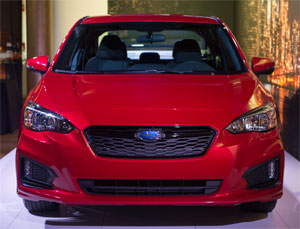 Exterior styling has certainly been updated; but with such a familiar face, things don’t appear radically different. And most Subaru owners will agree that’s actually a really good thing.
Exterior styling has certainly been updated; but with such a familiar face, things don’t appear radically different. And most Subaru owners will agree that’s actually a really good thing.
The 5-door hatch is noticeably sleeker than before, and the tail lights take up more real estate.
Space is even more noticeably increased inside, and Subaru trademarks of easy ingress and great visibility are still here.
Seating position is fairly high, while front seats remain on the firm side.
The infotainment system makes a huge jump in usability and that is very much appreciated. The screen itself is bigger, with larger virtual buttons. Traditional control knobs have grown in size as well.
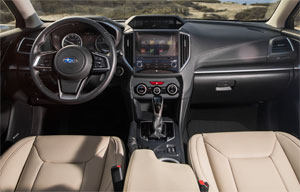 The familiar upper dash display is still present, and there always seems to be something happening on it. It does provide lots of information, although it’s just outside of your normal line of sight.
The familiar upper dash display is still present, and there always seems to be something happening on it. It does provide lots of information, although it’s just outside of your normal line of sight.
Over in the driver’s I.P., there’s plenty of data as well, presented in a very clear fashion.
With more space for rear seat passengers, cargo volume falls a bit to 20.8 cubic-ft., but max capacity is “max-er” at 55.3 cubic-ft.
Without a doubt, the Impreza’s new chassis feels much more solid on the road compared to previous generations. Just about every aspect of performance has gotten tighter, throttle response is certainly crisper, and it’s an overall more enjoyable experience behind the wheel.
Yet that tighter demeanor is contrasted with additional sound deadening, leaving you feel a little more isolated in the cabin, due to its now very quiet nature.
And without a doubt, at our test track, the Impreza was much less of a snoozer, and more stimulating than it’s ever been before. It barnstormed through our slalom course with great balance and a “glued to the pavement” feel. Steering feedback is less artificial, and turn-ins were so quick it felt like Subaru also added 4-wheel steering.
It’s not quite Mazda3 or VW Golf fun, but certainly a drastic improvement.
With times of 9.6-seconds to 60, and 17.4 in the ¼-mile at 81 miles-per-hour, it’s not a rocket off the line, but the engine is very responsive which helps it feel better in real world use.
By the way, those times are exactly the same as the last Impreza we tested back in 2012.
Subaru’s available EyeSight includes Pre-Collision braking, and it worked flawlessly as always in our crash barrier test; even in some light rain. This year it adds Reverse Automatic Braking as well.
Government Fuel Economy Ratings for our CVT hatchback are 28-City, 37-Highway, and 31-Combined; though our average was a bit disappointing at 28.5 miles-per-gallon of Regular.
Still, the Energy Impact Score is a good one, with use of just 10.6-barrels of oil per year with C02 emissions of 4.7-tons.
Base pricing is up just $100 over last year and remains very competitive considering standard all-wheel-drive. Sedans start at $19,215, hatchbacks at just $500 more.
The 2017 Subaru Impreza, may not be as big of a leap forward as last generation; but truth be told, it didn’t have as far to go to be highly competitive among a host of really great cars in the compact segment. And by offering both more room and comfort, as well as way more handling fun; it has become an even better option than it was before. Consider us Imprezed.
Specifications
- Engine: 2.0-liter boxer-4
- Horsepower: 152
- Torque: 145 lb-ft.
- 0-60 mph: 9.6 seconds
- 1/4 mile: 17.4 seconds @ 81 mph
- EPA: 28 mpg city / 37 mpg highway
- Energy Impact: 10.6 barrels of oil/yr
- CO2 Emissions: 4.7 tons/yr
2025 Porsche 911 Carrera
Ever Evolving 911 Reaches New Heights
The Porsche 911 has existed for 60 years now! Amazing! And, you could argue that major changes over all those years have been relatively few, as constant incremental improvement is more the way that Porsche does business. With that in mind, let’s hit the track in the latest 911 and see what constant improvement means for 2025.
We’ve driven so many 911s here at MotorWeek, each seemingly more special than the last, so it’s a bit refreshing to be ripping around Savannah’s Roebling Road Raceway in a 2025 Porsche 911 that’s about as close as you can get to base these days. And the fact that it’s just as fun as all those exclusive pieces says a lot about how far the 911 has come. Perhaps it also speaks to how much a base 911 will set you back today as well; more on that later.
For now, we’re just thinking about the next apex, holding steady throttle as we approach, and getting on it way sooner than you’d expect without upsetting anything, as the 911 rockets off the corner thanks to tremendous grip and a PDK trans that finds the perfect gear before we even gave it a thought. Even with very cold track temps, we never struggled for grip or battled any wheelspin coming off of corners. And trying to land it in that perfect spot in braking zones is easy with strong brake performance that was predictable and consistent lap after lap; no wandering, and great feedback too.
Yes, even the standard 911 is near pure perfection on a racetrack. It gives you all the right feedback, stays incredibly flat through corners, makes you always feel totally in control, and again is just plain fun. Unless you’re chasing lap times, there’s really no need to head further up the 911 tree. Though it is worth noting the few upgrades that were on our Carrera did help the situation a little. The 20- and 21-inch Carrera S wheels enabled plenty of grip from the 305 Pirelli P Zero tires, the Sport Chrono Package allows 0-60 sprints of 3.7 seconds, an extended range fuel tank meant we could lap all day without having to fill up, and the fantastic Sport Seats provided great support and better comfort than we remember experiencing in a 911. The Sport Exhaust system didn’t add anything to performance, but made things sound a whole lot better, and the oval silver tips look great too.
We never struggled for grip or battled any wheel spin coming off of corners.
Our track time got cut short thanks to a rare snowstorm in Coastal Georgia, but the white stuff and blue sky made the perfect backdrop for our Guards Red Carrera. Exterior tweaks for what is officially the 992.2 include a reshaped front fascia with improved aerodynamics. All front lighting is now contained within the Matrix Design LED headlight housing. The rear fascia has also been smoothed out, the license plate moved higher, and Porsche 3D block lettering spelled out across the back beneath the active rear spoiler and new decklid grille.
Even without Turbo in the name, the standard 911 engine is indeed a turbo these days, a 3.0-liter flat-six twin-turbo delivering 388 horsepower and 331 lb-ft strictly to the rear wheels in the Carrera Coupe.
Inside the cabin, the 911 continues its slow crawl towards the modern, now including a 12.6-inch fully digital gauge display and a start button located on the left side of the steering wheel, with drive modes easily accessible on the wheel itself. In another no brainer move, Porsche now makes the rear seat a no cost option, so you can choose if you want it or not.
Government Fuel Economy Ratings are 18 City, 25 Highway, and 21 Combined. That’s only slightly worse than average for the Energy Impact Score; 14.2 barrels of annual oil consumption with 7.0 tons of CO2 emissions.
The good news is this 911 had the fewest number of options of any Porsche that we’ve tested in some time, and it was still plenty awesome; the bad news is, a base Porsche 911 Carrera Coupe now starts at $122,095.
But can you really put value on “the force,” this mythical power that Porsche seems to have, that somehow turns average drivers into great ones? It’s useless to resist as far as we’re concerned, as it only gets better with the 2025 Porsche 911 Carrera.
Specifications
As Tested
- Engine: 3.0-liter twin-turbo flat-6
- Transmission: 8-speed PDK
- Horsepower: 388
- Torque: 331 lb-ft







